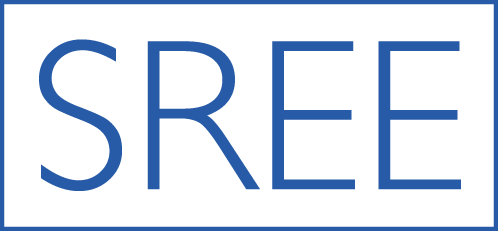The Higher Education Enrollment Decision: Feedback on Expected Study Success and Updating Behavior
Chris van Klaveren, Karen Kooiman, Ilja Cornelisz & Martijn Meeter
Secondary school students tend to be overly optimistic about how well they will perform in college. This overconfidence leads to suboptimal decision making. But what if secondary school students were told their likelihood of succeeding in the college program they applied to prior to their decision to enroll? Would this influence their decision to enroll?
This study presents the results of a field experiment in which a random half of 313 secondary-school students applying to higher education received personalized predictions on study success (the other half did not receive such predictions). A comparison of the enrolment rates of the two groups of students helps us understand the effect of receiving these personalized predictions. We find that:
- Secondary school students tend to be overconfident – on average they overestimate their chances of succeeding in college.
- Receiving personalized predictions increases students’ likelihood of enrolling in college by 10 percentage points. Among the students who did not receive personalized predictions, 45 percent enrolled in college. Among students who did receive personalized predictions 55 percent enrolled in college.
- Students who find out that their predicted likelihood of success is lower than they originally expected update their expectations to be closer to the prediction.
But which students who receive information are more likely to enroll? The results show that the intervention causes a slight decrease in enrollment among students whose predicted probability of success is lower than 57%, while the intervention substantially increases enrollment when the returned probability of success is higher than 57%. Interestingly, this result suggests that Dutch students evaluate probabilities as grades: probabilities associated with receiving a sufficient mark are interpreted as a ‘positive signal’, while probabilities associated with an insufficient mark are interpreted as a ‘negative signal’. Thus, students downgrade their beliefs when receiving ‘low’ probabilities and enrollment becomes lower, and students upgrade their beliefs when receiving ‘high’ probabilities and enrollment becomes higher. Even though the intervention discouraged some students and encouraged others, it did not substantially affect student performance or continued enrollment once enrolled in an educational program.
Providing students with predictions about their likelihood of success also reduced uncertainty in their expectations of their likelihood of succeeding. For example, a student who received no information might say “I think that my graduation likelihood is between 60 and 80 percent” while this same student might say “I think that my graduation likelihood is between 65 and 75 percent” if information was received.
The results show that it may be optimal for higher education institutes to provide success triggers to students who are expected to perform well (enough) in an educational program, while students seem to respond less well to fail triggers. Replication studies are needed as the experiment was conducted for a small student sample who applied for a law or social science study at one Dutch university.
Full Article Citation:
Van Klaveren, C., Kooiman, K, Cornelisz, I, Meeter, M. (2019). The Higher Education Enrollment Decision Feedback on Expected Study Success and Updating Behavior. Journal of Research on Educational Effectiveness, 12(1), 67-89. DOI:10.1080/19345747.2018.1496501
